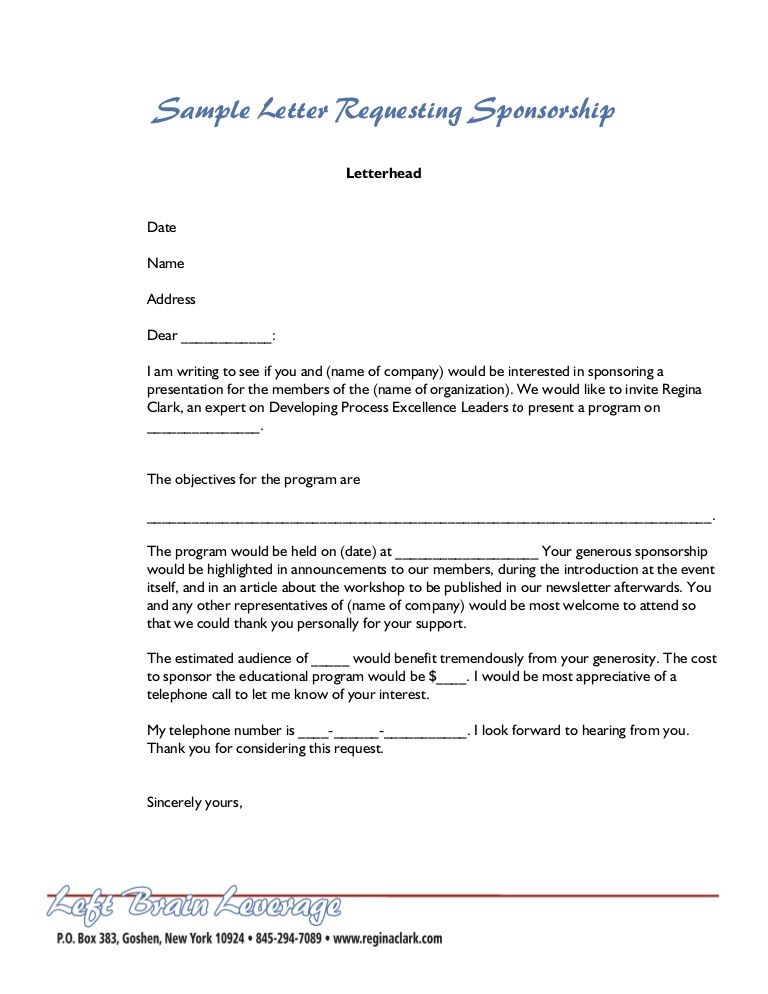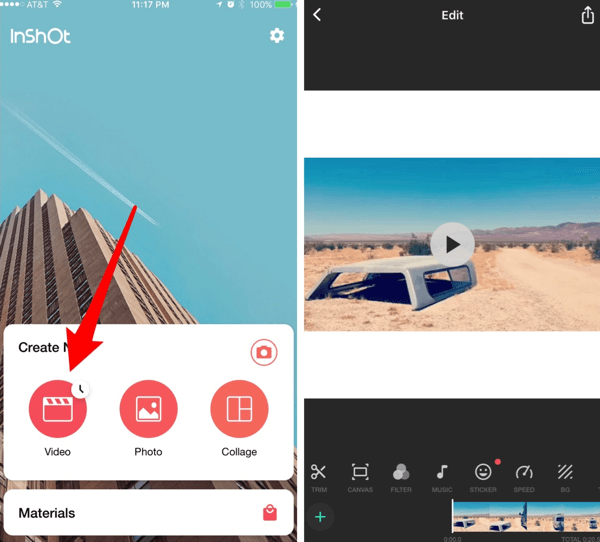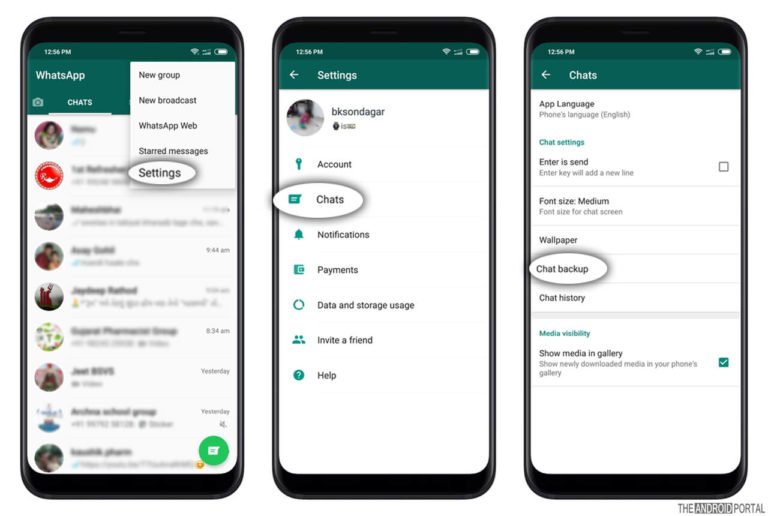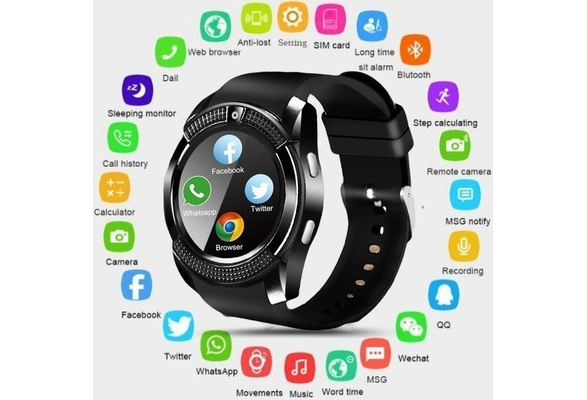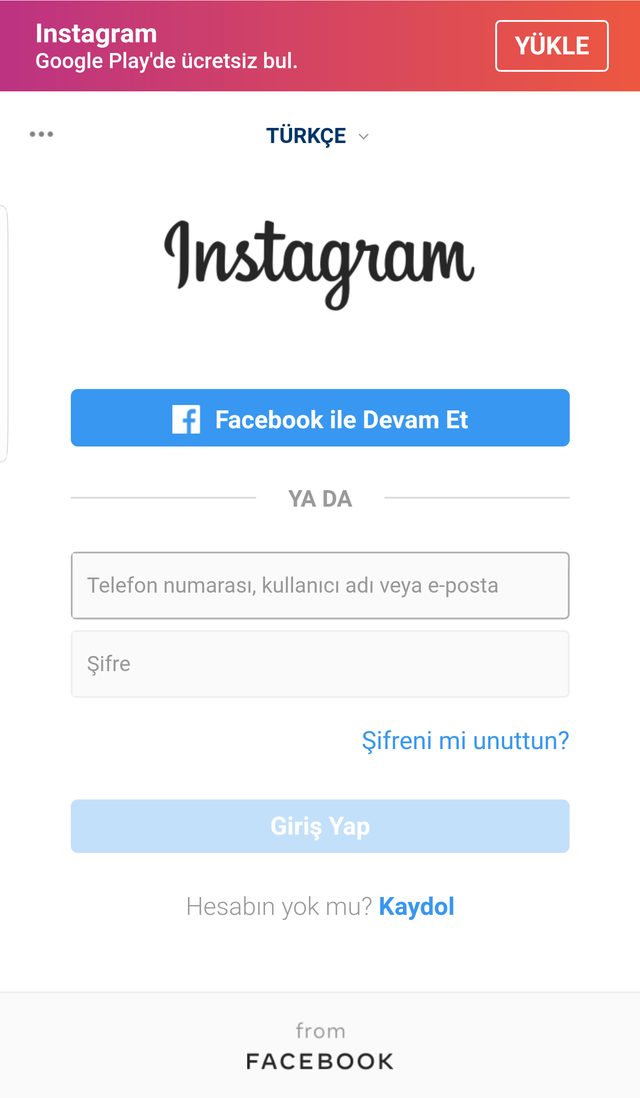How to ask for sponsorship on facebook
How to drive results with sponsored posts on Facebook
If you haven’t been living under a rock for the past years, you’ve probably heard a little something about Facebook sponsored posts.
But what exactly are Facebook sponsored posts? How do they work? And how are they different than Facebook sponsored ads? We’ve got the answers for you here.
What are Facebook sponsored posts?
A Facebook sponsored post is a post that businesses pay for, in order to reach a larger audience than they otherwise would be able to organically.
A Facebook sponsored post is almost entirely like an ordinary post in appearance, as it looks just the same as all other posts inside a users newsfeed, the only difference is that a sponsored post is labeled as such.
Sponsoring a post on Facebook is an easy and quick process and a great way to get more - and more relevant - eyes on a post. It’s important, though, that when you sponsor a post, you have a clear audience in mind and your messaging is appropriately targeted toward that audience, but we’ll talk more about this later.
First off, let’s take a look at how Facebook Sponsored Posts work:
How Do Facebook Sponsored Posts work?
A facebook sponsored post is essentially a normal organic post that you then pay to ‘boost,’ in order to reach an audience outside of the people already following your business on Facebook.
Why should you sponsor a post on Facebook?
Why might you sponsor a post, instead of just posting it?
Simple, the organic reach on Facebook, as of 2018 is estimated to be somewhere around 1.2%. This means that when you simply post on your Facebook business site, despite how engaging or relevant your post may be, people most likely won’t see it or interact with it.
We saw a dwindling in Facebook organic reach as early as 2014, where organic reach dropped from around 16% to around 6.5%, this was largely attributed to an increase in competition, as more and more businesses were taking to Facebook, crowding out newsfeeds.
The dramatic drop off we've seen, as of late, though, has been largely attributed to changes in the Facebook algorithm. These changes are aimed at making users’ newsfeeds more relevant to them.
These changes are aimed at making users’ newsfeeds more relevant to them.
A shift away from users being inundated with low-quality news stories or content. Although this is perhaps a welcomed change, it does make it harder for brands to get their content seen. This is why it’s so critical for businesses and brands to sponsor their posts.
How to boost a post on Facebook
The good news is, sponsoring - also called boosting - a post on Facebook is extremely simple. We’ll help you do it in 9 simple steps:
1. Go to your Facebook business page.
Once on Facebook, you can access your Facebook business page by clicking on it in the left-hand toolbar.
2. Either create a post to sponsor or sponsor an existing post.
One method is not necessarily better than the other. A good approach, though, might be to post organically. You can then see which posts are naturally gaining traction with your intended audience and then boost the posts performing well to get more eyes on it.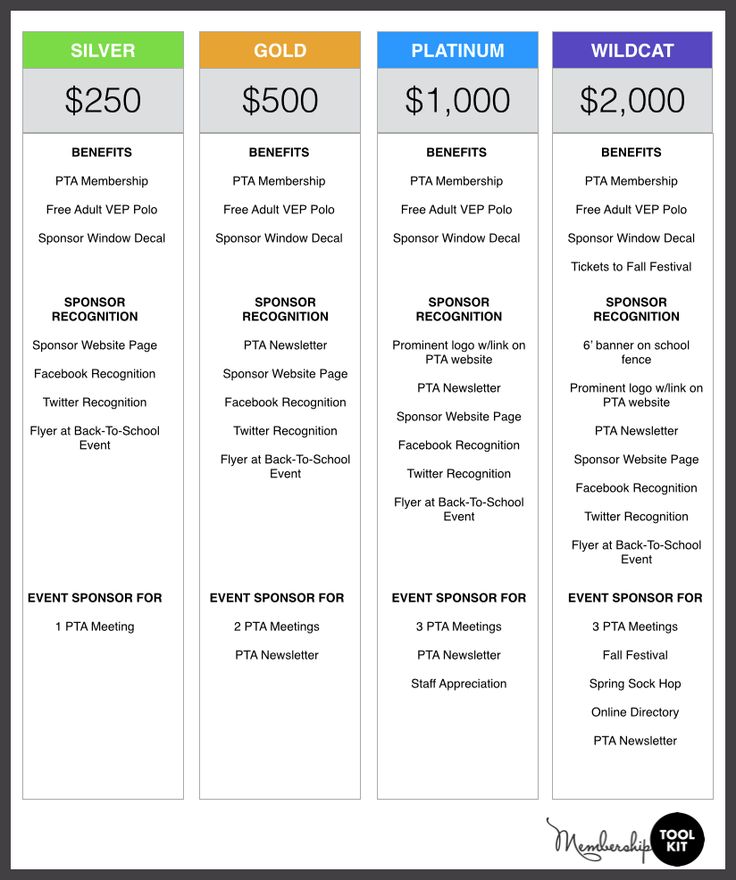 Regardless of the option you choose, your next step is to select boost.
Regardless of the option you choose, your next step is to select boost.
3. Specify your goal:
- Getting more website traffic
- Getting more engagements: reactions, comments and shares
4. Select a CTA button between a number of preset options.
The option you choose will likely hold relevance to the kind of content you’re offering as well as the products or services you sell. Keep in mind, though, certain CTAs tend to work better than others.
5. Specify your target audience.
Choose between:
- People you choose through targeting: you can create an audience, whereby you specify an age range, gender, location and specific attributes, such as demographics, interests or behavior. You can also choose to specifically exclude certain audiences.
- People who like your page
- People who like your page and their friends
- People in your local area
- You can also select an automatic audience: This is the one that Facebook decides upon, based on who they think would find your content relevant.
 This is the selection that Facebook recommends for the sake of getting the most bang for your budget.
This is the selection that Facebook recommends for the sake of getting the most bang for your budget.
6. Set the duration of time you wish to sponsor your post for.
You can do this by selecting the number of days you want it to be sponsored, or by selecting an end date for sponsorship.
7. Set the budget for your sponsored Facebook post.
The amount of money you allocate will be split between the amount of time you specify for your post to be sponsored.
Once you’ve finished inputting here, be sure to turn on conversion tracking, which you can do with the slider icon at the bottom of this section. This will allow you to better understand the engagements you get from your sponsored efforts, in order to get a better indication of your return on ad spend.
8. Enter in your payment info.
Once you save your credit card info, you won’t need to complete this step again to sponsor a post.
9. Hit boost, and keep an eye on the results!
You’ll want to compare the results you’re seeing to the initial goals you set for the post.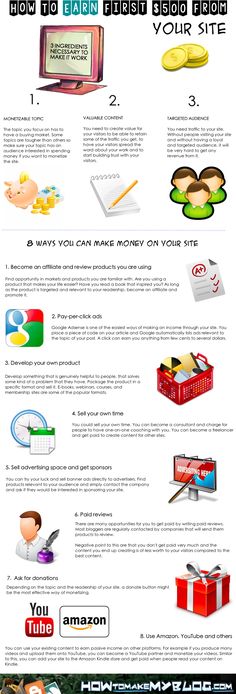 You can optimize your post copy, pictures, targeting, etc in line with what you learn. It good approach is to keep some sort of log with your learnings.
You can optimize your post copy, pictures, targeting, etc in line with what you learn. It good approach is to keep some sort of log with your learnings.
Facebook sponsored posts cost
Sponsoring your facebook post can be rather affordable. In fact, you can set as little as a $1 minimum. The amount you pay depends entirely on the size of the audience that you want to see your post. Facebook will provide you estimates of the number of people you can reach with the budget you specify.
A good approach is to first determine who exactly you want to reach, what you want those people to do and how much that action is worth to you.
Facebook sponsored posts vs ads
While they’re essentially the same - paid ads on facebook - there is a difference between Facebook sponsored posts (boosted posts) and Facebook ads, which you should know about.
Facebook Ads
Facebook ads are created in Facebook Ads Manager. So rather than simply creating them through your business profile, you would need to set them up through Facebook Ad Manager, which may require a bit of time to get to know.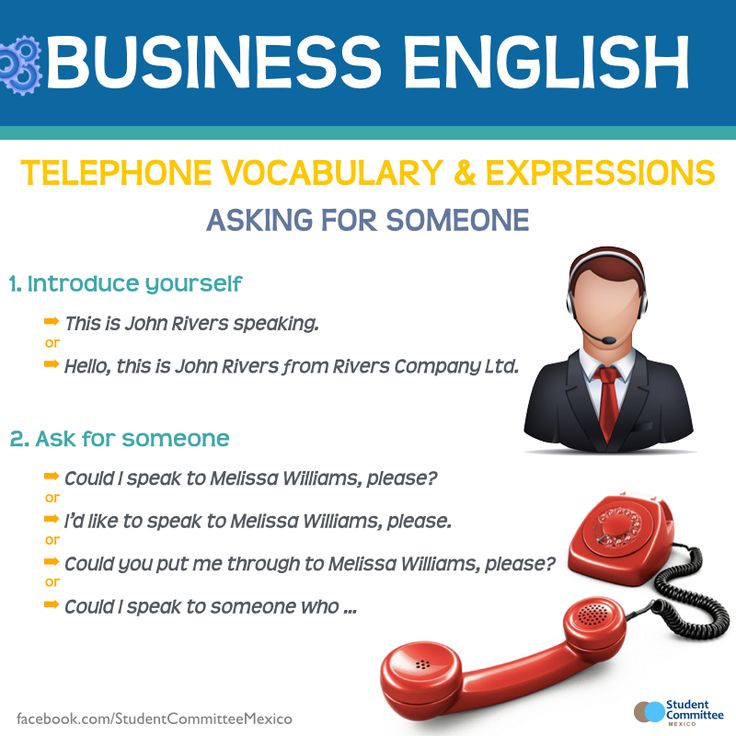
Once you do, though, Facebook ads Manager will allow you more specification options, when it comes to creating your audience and allocating your budget. Here are the main advantages:
Advantages of Facebook Ads
- No time limit: A Facebook Ad can run for as long as you like.
- More complex targeting and budgeting options
- With Facebook Ads, all of the following marketing objectives can be accomplished: brand awareness, reach, traffic, app installs, engagement, video views, lead generation, messages, conversions, catalog sales, and store visits
Disadvantages of Facebook ads
- You can’t create an ad straight from your business account, you will need to use Facebook Ads manager
- There is a slight learning curve you will need to get over before you can navigate Ads Manager and learn the best targeting and budgeting options. In this way, it’s a bit higher risk
When should you use a Facebook sponsored post over a Facebook Ad?
- A Facebook ad might be your best bet if your focus is a more long-term ad, built into a strategic campaign or content plan.
 Many companies, for example, appreciate the added control and greater customization that you get with Facebook ads.
Many companies, for example, appreciate the added control and greater customization that you get with Facebook ads. - A Facebook sponsored post is quick and easy disseminate and great for one-off efforts. If your goal is increased awareness at an affordable price a Facebook sponsored post might be the best bet for you.
What is a Facebook Automated Ad?
Facebook Automated ads are those, which Facebook helps you to create and disseminate on an ongoing basis with minimal maintenance needed.
How Do Facebook Automated Ads work?
Facebook will ask you a serious of questions about your business and your goals. They’ll then give you suggestions about how to set up your ad, including inputs on images, budget and audience, based on these objectives.
Your ad will then run continuously and Facebook will instruct you as to how you can optimize for best results.
Success Tips for Sponsored Facebook Posts and Paid distribution in general on Facebook
Now that you’ve nailed down the basic, it may be time to consider what it is your posting and how it fits into your overall Strategy. We’ve got some resources that can definitely help you on this journey.
We’ve got some resources that can definitely help you on this journey.
- First off, learn from industry best practices. While thinking out of the box and doing something different is the best way to get attention, you have to start somewhere. Your fist step should probably be laying down the foundations and understanding how others were successful.
- Along the same lines, check out some great examples. We’ve put together some of our favorite right here.
- Put it all into a larger strategy with set KPIs. Learn how here.
- Be aware, Facebook users are inundated with ads all the time. Your best bet is to be informative, not interruptive. Discover how you can approach Facebook in a non-disruptive way right here.
Feeling like an expert yet?
Now that you’ve mastered paid distribution on Facebook, perhaps you’re wondering about the other social media channels. Luckily, we’ve got you covered there, be sure to visit our pillar page entirely dedicated to advertising on social media. Check it out here.
Check it out here.
Want to learn for other experts in the industry?
At the Native Advertising DAYS, industry experts come together to discuss, debate and land on best practices for all things native. Don't miss out. Make sure you're up to date with the latest in the industry by purchasing your tickets to the 2019 NAtive Advertising DAYS today! Get your tickets by clicking on the button below, or by following the link right here.
4 Awesome Tips For Asking for Donations on Facebook
These days, nearly everyone is on at least one social media platform. Whether they’re liking, retweeting, or pinning, social media usage is the norm.
Social media posts were the #1 drivers of charitable giving for those we surveyed in our Navigating the Unknown eBook, and it can’t be ignored that Facebook is still the social media giant. Despite declining teenage involvement in recent years, many people still use Facebook to connect with each other, businesses, and nonprofits.
Your organization can ask for donations in any number of ways and using Facebook to solicit contributions is just one of the tools that your nonprofit should have in its toolbox.
You’ll want to:
- Start with a strong Facebook presence
- Post regular content on Facebook
- Make it easy for supporters to donate via your Facebook page
- Track your Facebook insights
Take a look at the following best practices for asking for donations on Facebook!
1. Start with a strong Facebook presence
It’s going to be tricky to ask people for donations on Facebook if your organization’s page isn’t up to par or doesn’t have an engaged audience.
As with any strategy for asking for donations, you’ll need to start with those closest to your organization and move outward. Invite the members of your nonprofit team, your donors, volunteers, and organizational leadership, to like your Facebook page to form a solid base.
Ask those closest to your nonprofit to invite their own friends to like your Facebook page as well, and make sure that you have a way for other individuals to find your Facebook page through other communication channels and on your website.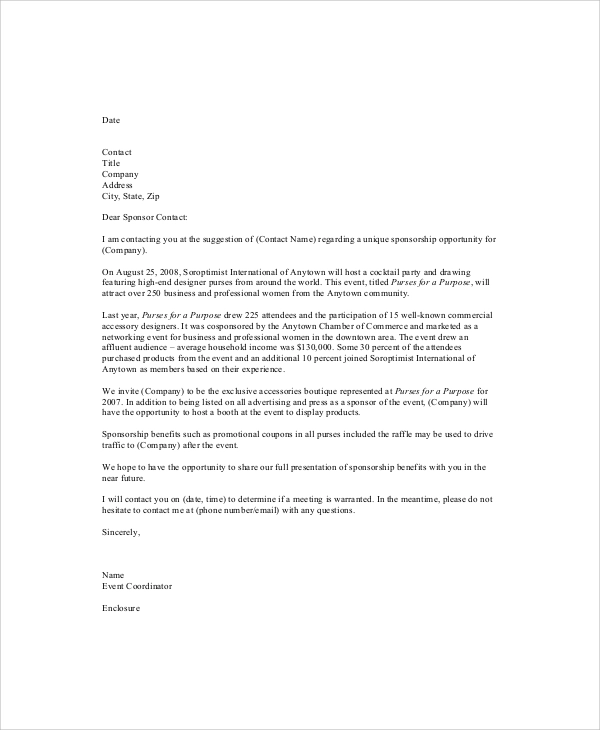
An easy way to do this is to start an awareness campaign. Because Facebook content is inherently shareable, the use of an awareness campaign on Facebook encourages your followers to share a status or post that you create.
This can be an image, a video, or just a status. As long as the information is about your nonprofit and the work you do, the medium can differ. The goal is to get as many people as possible to share the content. This increases your nonprofit’s visibility on other people’s newsfeeds, resulting in more likes and potentially more donations.
Having a strong Facebook presence is crucial, but it’s important to remember that likes don’t translate into automatic donations. Posting regular content and engaging with your followers helps cultivate new donors and steward the ones you already have.
2. Post regular content on Facebook
One of the most important steps in Facebook fundraising is to post regular content that encourages your followers to engage with your organization.
Posting content on Facebook regularly can take a variety of forms. Let’s take a look at each of those separately.
Straightforward Appeals
Let’s get this point out of the way first. If you want to raise more money by fundraising on Facebook, you have to ask for donations. Plain and simple. Don’t just post “Give us your money,” though.
A good, straightforward appeal incorporates a combination of:
- Visual content (pictures or videos).
- Links to your donation page or general website.
- Information about what the donations are going toward.
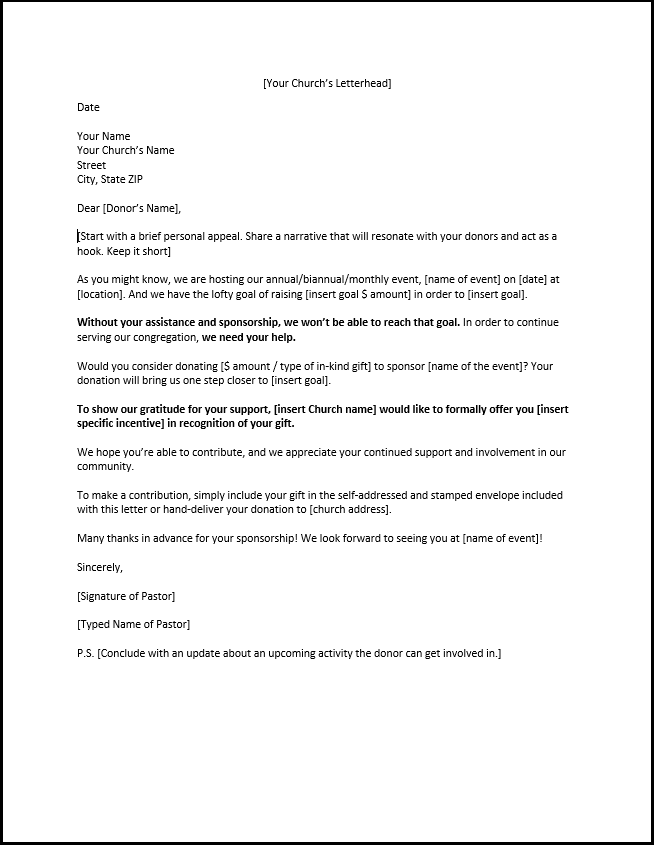
- Data about current progress and donations needed to reach a campaign goal (when applicable)
Take a look at our example of a Facebook post from Qgiv’s peer-to-peer fundraising software:
It’s important to use visual content in your Facebook posts. You have to find a way to rise above the noise of everyone else’s updates, photos, and statuses. Creating eye-catching images and graphics within your appeals will help draw more people to your posts and consequently, to your donation page.
It’s not a good idea to only post appeals on your Facebook page though. Followers will quickly tire of your posts if all they see are asks for donations. Instead, vary your content day by day to give followers updates and success stories.
Thank You Posts
Every once in a while, you should highlight an individual donor or business on Facebook that contributed to your organization.
Not only does this allow your organization to give a shout out to your loyal supporters, but it also might encourage other followers to make their own contributions.
Success Stories
If your organization completes a project or hosts a successful event, share that moment with your followers. They’ll enjoy seeing the tangible results of other people’s donations and will be motivated to make their own contribution.
For instance, if your organization works to help abandoned animals find a new home, post updates whenever a puppy or kitten is adopted. Not only will the adorable pictures appeal to your followers, but they’ll be able to directly see the work you’re doing.
By posting a variety of content on your Facebook page, you’ll be able to increase your visibility to followers. By incorporating a mixture of straightforward appeals, thank you posts, success stories, and other types of content, you will capture your followers’ interests and steward those who give to your organization.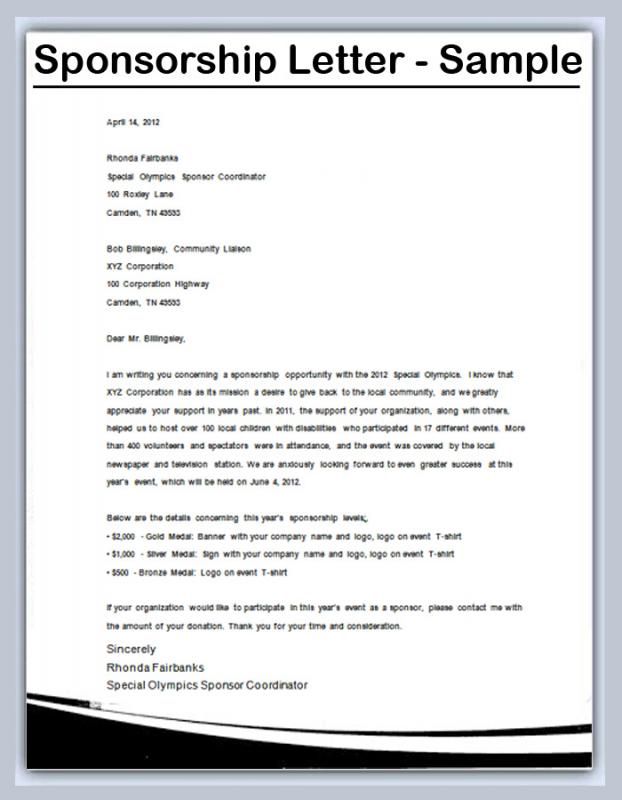 This interest can then translate into more donations and successful Facebook fundraising.
This interest can then translate into more donations and successful Facebook fundraising.
3. Make it easy for supporters to donate via your Facebook page
To make it easy for your supporters to donate via your Facebook page, your donation form needs to be easy to find. Facebook recently removed support for custom Page tabs which means organizations will soon not be able to embed entire donation forms under a tab on their Facebook page. Despite this change, there are still ways you can make your donation form easily accessible within Facebook!
One quick way to keep donation options visible is by pinning a post with a link to one of your Qgiv donation forms at the top of your organization’s Facebook page so supporters are still able to make their donation.
You can also add a button to the top of your page that says “Learn More” and links to a donation page. However, this page will need to have a strong impact statement in order to convince your followers to navigate off of Facebook and to your donation form, so make sure it’s clear to your supporters just how their dollars can help!
Using these tactics to send donors directly to your donation form can help prevent some of the limitations that come with donations processed directly on Facebook.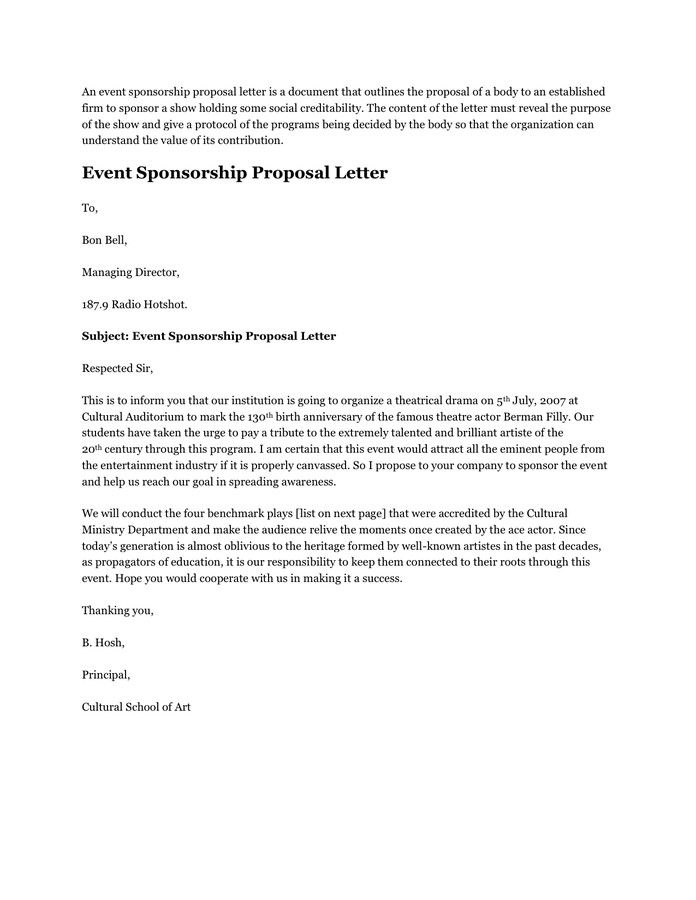 If someone chooses to donate to your organization directly through Facebook they can choose to not share their contact information with your organization. This limits your ability to loop the donor into regular communications and stewardship plans. Having your donor’s contact information is critical to the fiscal health of a nonprofit! After all, you can’t ask for donations or steward your donors if you don’t know who they are (to a certain extent).
If someone chooses to donate to your organization directly through Facebook they can choose to not share their contact information with your organization. This limits your ability to loop the donor into regular communications and stewardship plans. Having your donor’s contact information is critical to the fiscal health of a nonprofit! After all, you can’t ask for donations or steward your donors if you don’t know who they are (to a certain extent).
However, if a significant portion of your audience is on Facebook, hosting at least one Facebook fundraiser per year is worth your consideration. While you want to make sure the majority of your fundraisers take place on a medium where you can collect donor contact information (a donation form on your website for example), there are steps you can take to acquire donor contact information and steward your donors even if you don’t have their contact information.
To steward donors whose contact information you don’t have, create multiple posts throughout your Facebook fundraiser that describe the impact donations to your organization will have.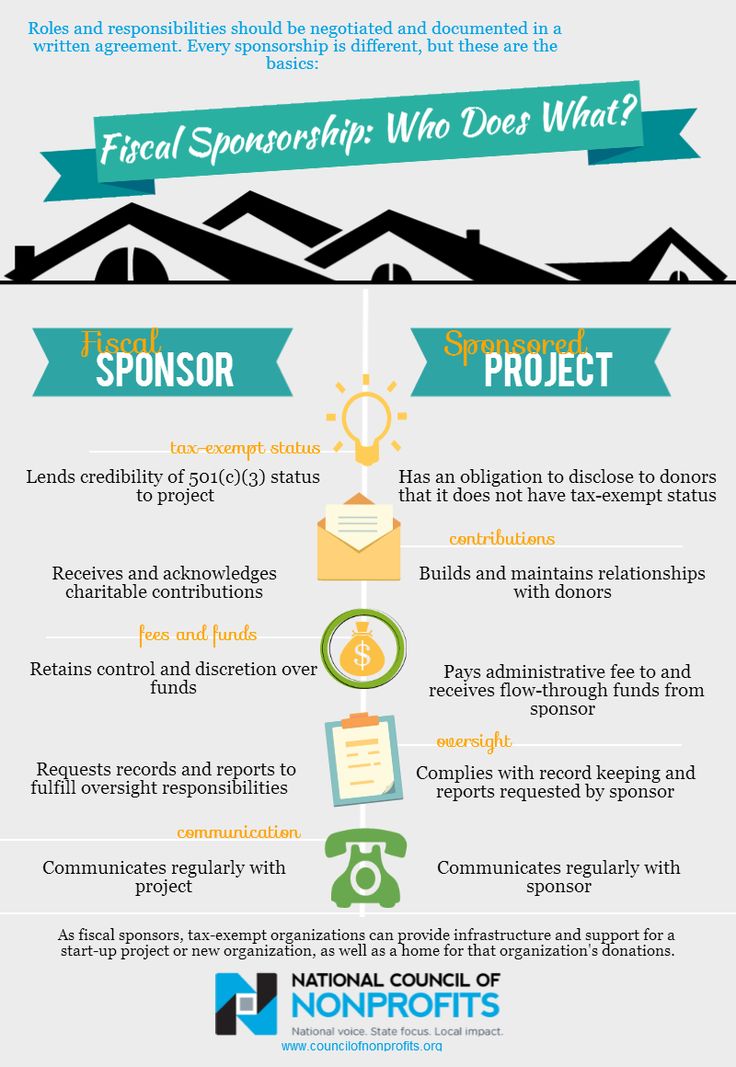 After that, thank donors for their generosity and give concrete examples of where donations will be going and who they’ll be impacting. Most of your Facebook donors won’t provide their mailing address to you, so your opportunity to thank them is limited to broad Facebook posts.
After that, thank donors for their generosity and give concrete examples of where donations will be going and who they’ll be impacting. Most of your Facebook donors won’t provide their mailing address to you, so your opportunity to thank them is limited to broad Facebook posts.
And since most donors won’t provide their contact information, you should promote signing up to receive updates from your organization whenever possible! For example, you can add little CTAs (calls-to-action) asking people to sign up for regular updates from your nonprofit at the end of your fundraising posts.
Finally, if you’re reading this and are wondering what we’re talking about because you still have access to your donation tab… we hear you. As of this writing, Facebook has not removed all custom Page tabs and they have not released an exact time frame for when that will happen. However, the change is coming, so we wanted to make sure you know your options!
4. Track your Facebook insights
Once you’ve established a presence on Facebook and have implemented the aforementioned best practices, make sure that you’re tracking your page’s insights.
Some key insights to look into include:
- Overview. This will be the landing page in your Facebook insight page. You’ll be able to see how many recent likes you have, the reach of your posts, and how many people are interacting with your content with the help of a general graph.
- Reach. This will tell you how many people your posts have reached through organic means as well as paid advertisements on Facebook. You’ll also be able to look more closely at your likes, comments, and shares over time.
- Posts. You can determine when your followers are online as well as which statuses, links, and photos have the best reach, clicks, likes, comments, and shares.
Although keeping track of your insights is not a direct way to ask for donations, it will allow you to determine which of your posts are most effective at reaching your followers, which ones they are engaging with, and when they are responding to those posts.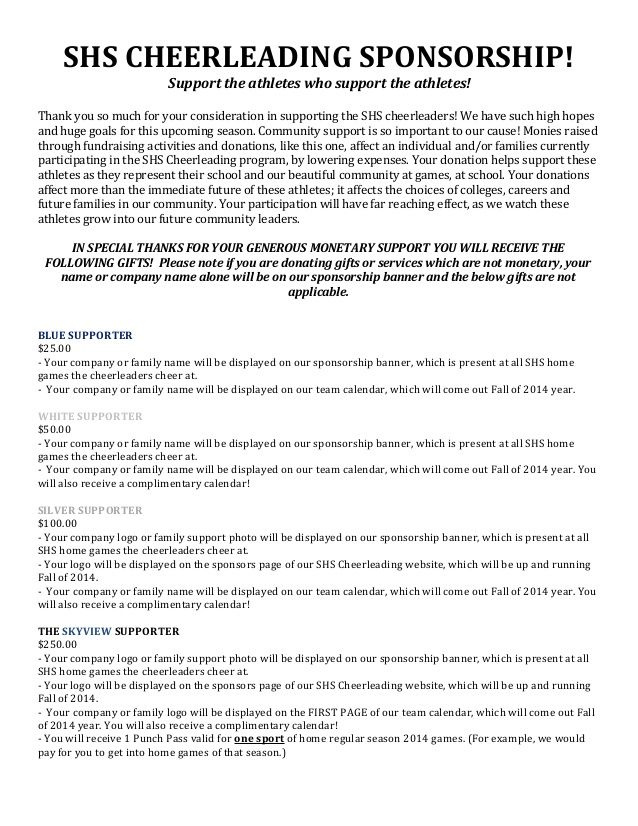
By following these four best practices for asking for Facebook fundraising, you will be able to grow your donor base and collect more donations with the help of the largest social media platform on the web. Happy asking!
For more help, check out these nine tips for asking for donations.
Additional Resources
To learn even more, check out these resources:
- 365 Days of Social Prompt Ideas. Is coming up with engaging social posts for every day of the year can be a challenge? Get the eBook and plan with ease!
- Creating a Giving Campaign. Creating a giving campaign strategy requires careful planning. Read this guide so you can set your annual giving campaign up for success!
- Qgiv’s Peer-to-Peer Fundraising Guide.
 Social media is one of the best ways to host a successful peer-to-peer fundraiser. Take a look at this guide for helpful tips and pointers.
Social media is one of the best ways to host a successful peer-to-peer fundraiser. Take a look at this guide for helpful tips and pointers.
How to find a sports sponsor
Many of our MAKEACHAMP athletes receive sports sponsorship offers after the crowdfunding campaign. Which is not surprising, since a bright campaign, in which a lot of effort has been invested, adds fame and online popularity to the athlete, therefore, increases their value as an “advertising medium”. However, these sportsmen are not accustomed to dealing with corporate sponsors and are not ready to make deals. This article is written to help athletes. In it, we will list the basic facts about sponsorship that you should know, namely: 1) Levels of sports sponsorship; 2) What does it mean to be sponsored by a company; 3) How to find a sports sponsor; 4) Sponsorship opportunities. nine0003 We will continue to write about this in detail. A lot of useful articles on this topic have already been published on our website (so far in English).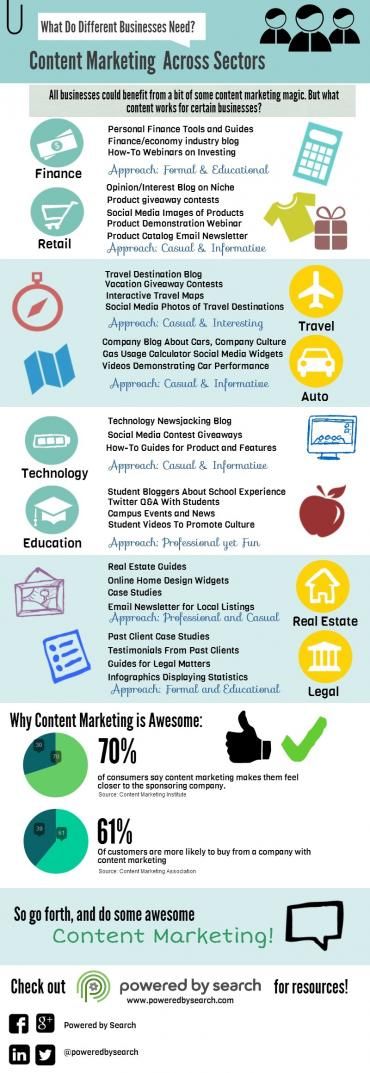 In the meantime, the main facts that athletes need to know.
In the meantime, the main facts that athletes need to know.
1). Sports sponsorship levels
A literal definition of a sponsor is a person or organization that provides funds for a project or activity carried out by another person or organization.
Here are the four most common levels of sponsorship. nine0004
Level 1. Gift/Donation - An individual or organization provides funds for a specific purpose. In fact, this does not impose any obligations on the athlete, except for natural gratitude, expressed in the form of a letter or public recognition. Don't forget to thank everyone who helped you!
Level 2. Trade Sponsorship - A local shop or company provides equipment/equipment to the athlete, free or at a discount.
Level 3. Amateur Sponsorship - Free or discounted gear/equipment plus some reimbursement for travel and competition expenses.
Level 4. Professional Sponsorship - Equipment, expenses plus surcharge.
Professional Sponsorship - Equipment, expenses plus surcharge.
It is clear that most of us would like to immediately receive sponsorship at the professional level. However, it is worth being mentally prepared to go all this way, from Level 1 to Level 4. Rising from level to level, you earn trust, experience and the necessary knowledge on how to negotiate with your future sponsors. nine0004
Also remember that not all sponsors are equal. The levels above are for guidance only. Each company, corporation, organization has its own sponsorship rules. For example, a Nike sponsorship would be very different from a local sporting goods store sponsorship - even though they are technically the same Level 2.
Before answering the question of what it means to be sponsored, we first need to understand why companies become sponsors. Here are some reasons why companies sponsor athletes. nine0004
2). What does it mean to be sponsored by a company?
- The image of these athletes is associated with representatives of the target audience of the company.
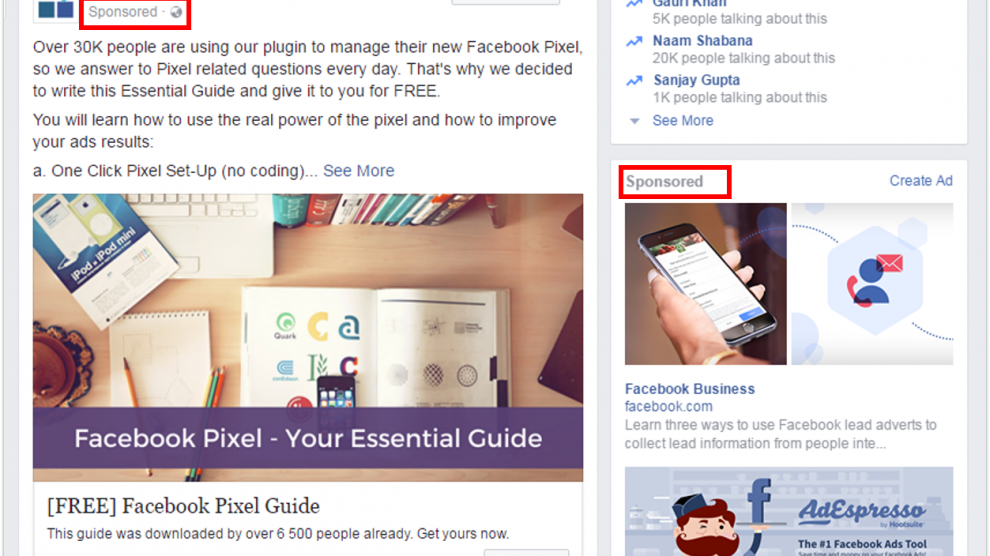
- These athletes can attract and evoke a positive response from a variety of demographics.
- These athletes can positively influence the image of the company and its products.
In a nutshell, companies look to get an ROI - return on investment - for their sponsorship. In the case of a contribution, the act of helping and supporting another person brings joy to the contributor. But for Tier 2-4 companies look to gain back what they have invested in sponsorships. nine0004
In short, companies hope to recoup their investment in sponsorship. In the case of Level 1 - Gift/Donation - the sponsor simply enjoys their act of support. But at Level 2 and above, the company expects to benefit from its investment in sports sponsorship.
When a company sponsors an athlete, they are looking for someone whose image and qualities will complement the company's image. This means that if an athlete is hardworking and dedicated to the sport, they can get the support of a company that wants to demonstrate that they have the same qualities (hard work and dedication). Consumers choose products recommended by a particular athlete based on the reputation of that athlete in the eyes of the consumer. If the consumer is used to trusting, respecting and admiring that athlete, they may feel the same way about the sponsoring company that the athlete represents. nine0003 What does this mean for the athlete himself? He must understand what being sponsored means:
Consumers choose products recommended by a particular athlete based on the reputation of that athlete in the eyes of the consumer. If the consumer is used to trusting, respecting and admiring that athlete, they may feel the same way about the sponsoring company that the athlete represents. nine0003 What does this mean for the athlete himself? He must understand what being sponsored means:
- It is good (and hopefully sincere) to speak about the company and its products.
- Mention your cooperation when communicating with the press.
- Train hard and multiply your sporting achievements.
- Participate in company promotions online and offline.
- Advertise the company by placing its logo on your equipment, social media page, etc. nine0047
- Attend events organized by the company.
- Publish exciting sports news and statuses on social networks, adding to them the sponsor's logo and a link to the sponsor's website.
3) How to find a sports sponsor
There are many ways to look for a sponsor, and very often a sponsor is where you least expected. Here are some possible approaches. nine0003
Here are some possible approaches. nine0003
- Get referrals - find a sponsor through family and friends
- Conduct an active search - Call, send emails, make inquiries to various companies.
- Attract - to make sponsors pay attention to you.
Of course, we all would like the last option to work, and companies themselves to contact us with proposals. But, as with Sponsorship Tiers, you need to start by looking for referrals and work your way up to the top. nine0004
1. Get recommendations
Among your relatives and acquaintances may be someone associated with a company that provides support to athletes. To get sponsored this way, you need to do two things:
- Tell everyone that you are looking for a sponsor.
- Please share this information.
Very often people forget about these two simple steps. Most athletes take it for granted that their inner circle knows what they're doing.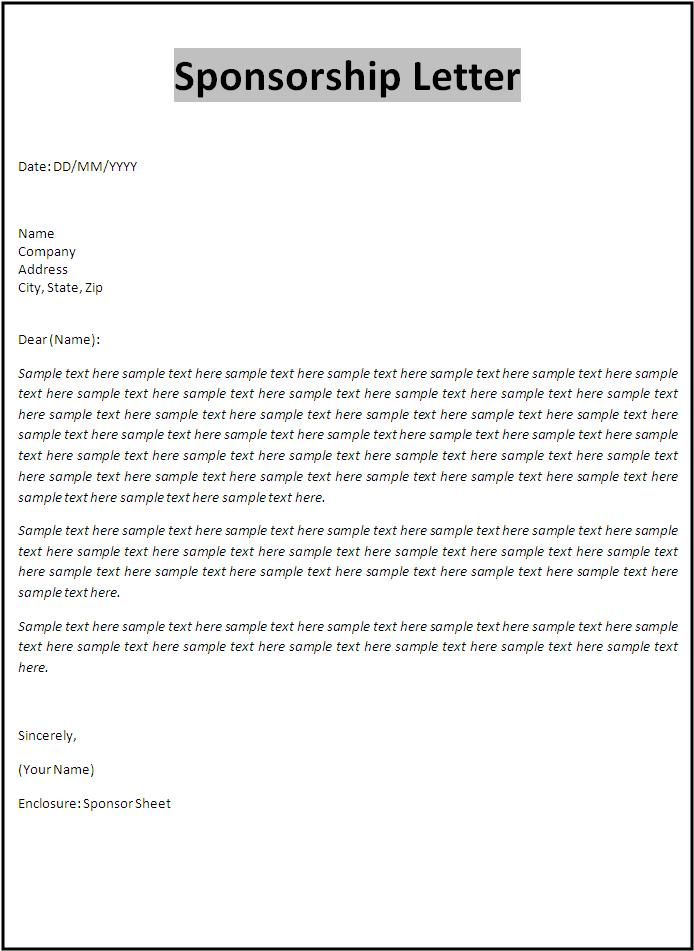 However, make sure your friends and family know that you are looking for a sponsor. A great way to do this is to run a crowdfunding campaign on MAKEACHAMP.com. Campaigning will unite friends and family around your goals. They will be able to support your campaign by spreading the word and making donations. nine0004
However, make sure your friends and family know that you are looking for a sponsor. A great way to do this is to run a crowdfunding campaign on MAKEACHAMP.com. Campaigning will unite friends and family around your goals. They will be able to support your campaign by spreading the word and making donations. nine0004
2. Actively search
Applying to a company where you don't know anyone can seem scary, but there is nothing to be afraid of. We offer the following methods to help attract the attention of the company:
- "Machine-gun" method: You create a standard e-mail in which you describe yourself and the purpose of your appeal. Using this template, you send an email to all possible companies. nine0047
- "Sniper" method: You apply to each company individually. This method can be more effective as you can include in the letter the reasons why this particular company should be your sponsor.
 (Hint: these should be reasons that matter to the company, not to you. “I don’t have the money to go to competitions” is not a good reason. “The audience for these competitions represents the company’s target audience. Your sports background and achievements are consistent with the company’s values.” (will have to look at their website, ads and find these values)" - good reason) .
(Hint: these should be reasons that matter to the company, not to you. “I don’t have the money to go to competitions” is not a good reason. “The audience for these competitions represents the company’s target audience. Your sports background and achievements are consistent with the company’s values.” (will have to look at their website, ads and find these values)" - good reason) .
Important people in your company:
- Marketing Director. The head of marketing almost always manages the budget for marketing activities that include sponsorship.
- Director of State and Local Affairs . This is especially true for companies operating in the local market and interested in establishing links with the local community. nine0047
- Head of sponsorship programs. Such a position may be in a large company, in smaller companies all sponsorship activities are supervised by marketing department heads.
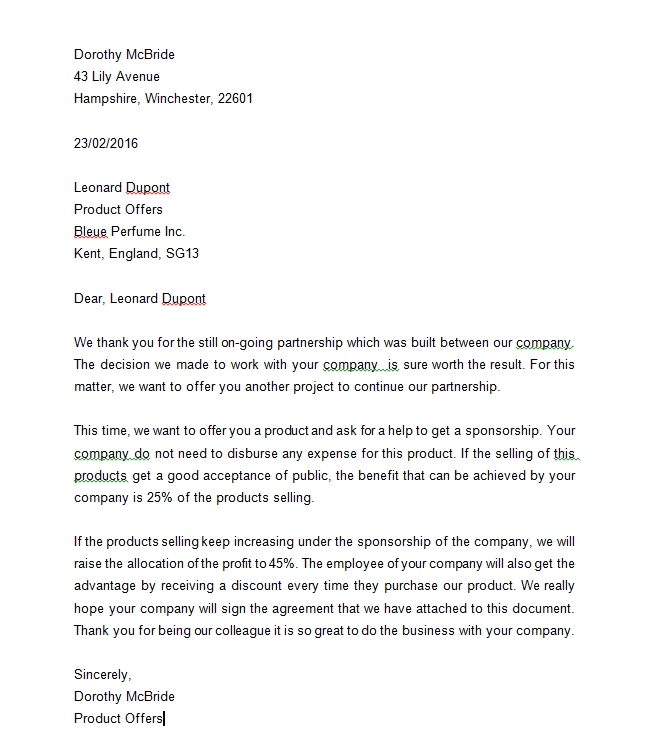
- Brand manager. There are such specialists in large companies operating in the consumer market.
- CEO. If you know that the head of the company is into sports, or, most importantly, your sport, then it makes sense to try to contact him personally. But in such cases, it is best to get a recommendation from a third party. . nine0047
How to contact the company?
- An email/postal letter explaining why you are applying, plus a short story about your athletic career.
- Follow-up call to the company to make sure the letter was received. During the call, try to arrange a personal meeting to discuss your proposal in more detail.
- Arrange a meeting to present to a potential sponsor all the benefits of working with you. nine0047
3. Attract
One way to get the attention of potential donors is to build a community of supporters and followers on social media.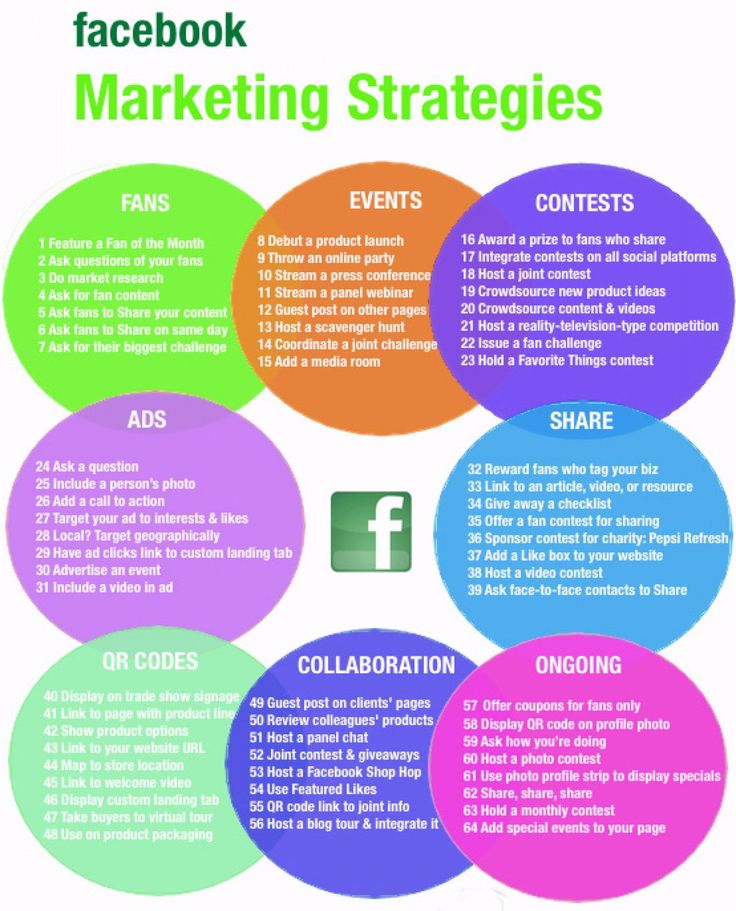 To create a community, you need to post interesting and engaging content related to your sport or other area of your ongoing interest. Use MAKEACHAMP, Facebook, Twitter and post there regularly to build a group of supporters. In the future, you will be able to profitably use this community to attract sponsors. nine0004
To create a community, you need to post interesting and engaging content related to your sport or other area of your ongoing interest. Use MAKEACHAMP, Facebook, Twitter and post there regularly to build a group of supporters. In the future, you will be able to profitably use this community to attract sponsors. nine0004
4) Sponsorship opportunities
1. Corporate sponsorship programs.
Many companies have already developed sponsorship programs, with questionnaires and requirements. You can find them with a simple search in Yandex and Google. Also, the next time you get to a sports competition, pay attention to the banners and logos in the hall, in printed programs, on the competition website, on the equipment of other athletes. nine0003 Traditionally, athletes are supported by companies that produce and sell goods for sports and a healthy lifestyle. Also pay attention to food manufacturers and mass demand. car dealers. Companies in the oil and gas sector.
car dealers. Companies in the oil and gas sector.
We advise you to conduct serious research on the Internet, find a description of existing sponsorship programs and submit applications for participation in them. Also remember, if once your candidacy went unnoticed, nothing forbids you to apply again and again when you better know the requirements of the company and make the necessary changes to your profile. nine0004
2. Agencies providing sports marketing services.
Whether you have sponsors or are just starting to look for them, working with a specialized agency or agent will be beneficial. They will help in the design of your sports image and will take over negotiations with sponsors. Search the Internet for relevant agencies and offer them your candidacy.
3. MAKEACHAMP 9 Crowdfunding Campaign0207 Running a crowdfunding campaign on MAKEACHAMP is a great way to not only get the funding you need, but also attract the attention of potential sponsors.
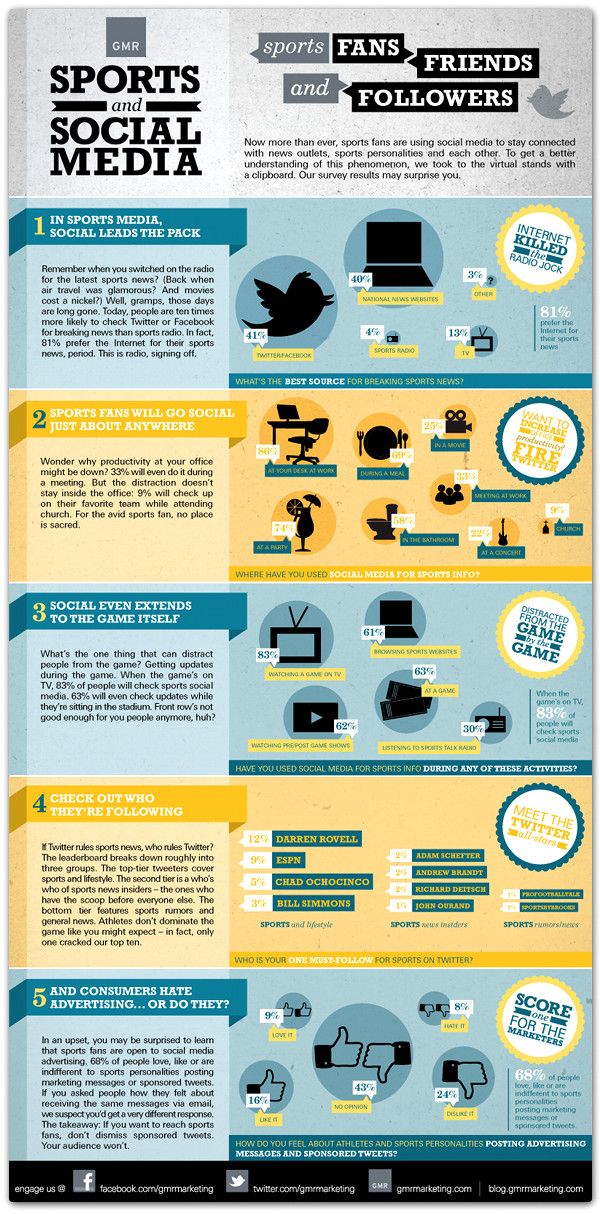 During the course of the campaign, you will simply have to be super active on social networks and expand your support group. The more people who find out about your campaign, the more likely it is that your future sports sponsor will be among these people.
During the course of the campaign, you will simply have to be super active on social networks and expand your support group. The more people who find out about your campaign, the more likely it is that your future sports sponsor will be among these people. How do I invite my friends to like or follow a Page or profile on Facebook? nine0001
Help Center
Using Facebook
Pages
We're updating the mobile version of Facebook.com. More
You can invite your friends to Like or Follow the Page, and follow your Facebook profile. If you want your followers to be able to invite their friends to follow your profile, you must turn on pro mode.
To invite friends to like your Page:
Mobile Classic
Click the icon in the upper right corner of the Facebook window.
Click Pages and navigate to the one you want.
Select the Community section at the top of the Page.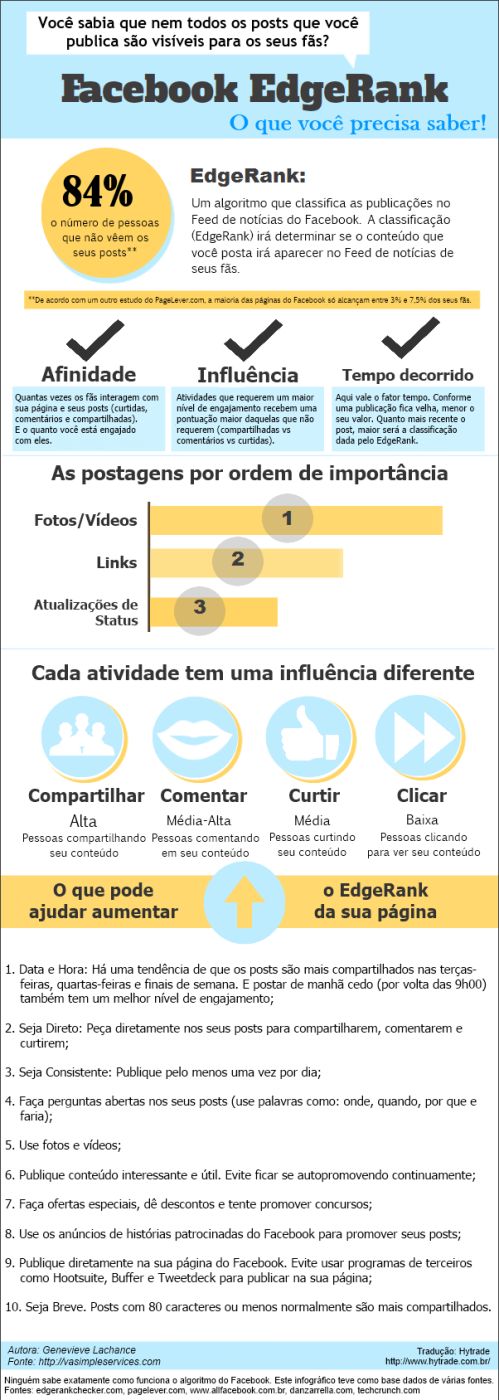 If this section doesn't exist, swipe the sections at the top of the Page to the left (for example, Home, Info) until you see the Community section.
If this section doesn't exist, swipe the sections at the top of the Page to the left (for example, Home, Info) until you see the Community section.
Click Invite Friends.
Click Invite next to the friend's name.
New version for mobile browser
Click the icon in the upper right corner of the Facebook window.
Click Pages and navigate to the one you want.
Select the Community section at the top of the Page. If this section doesn't exist, swipe the sections at the top of the Page to the left (for example, Home, Info) until you see the Community section.
Click Invite Friends.
Click on the circle next to a friend's name.
Click Send invitations. nine0004
To invite friends to follow your profile:
Sign in to the Facebook app for iPhone or Android.
Navigate to the desired profile.
Click the icon below the cover photo.